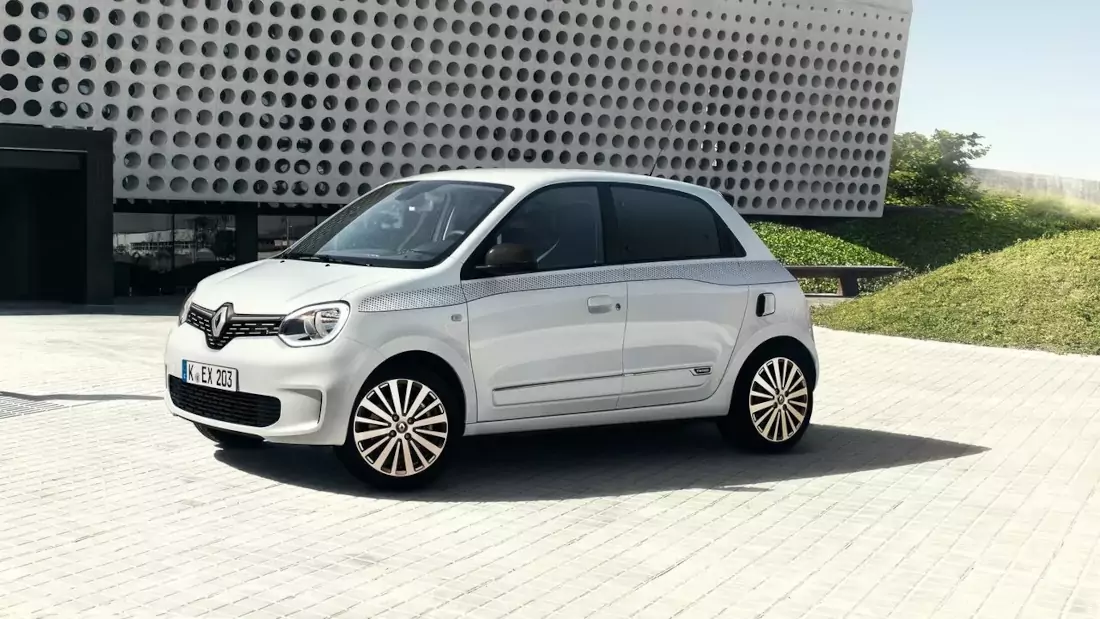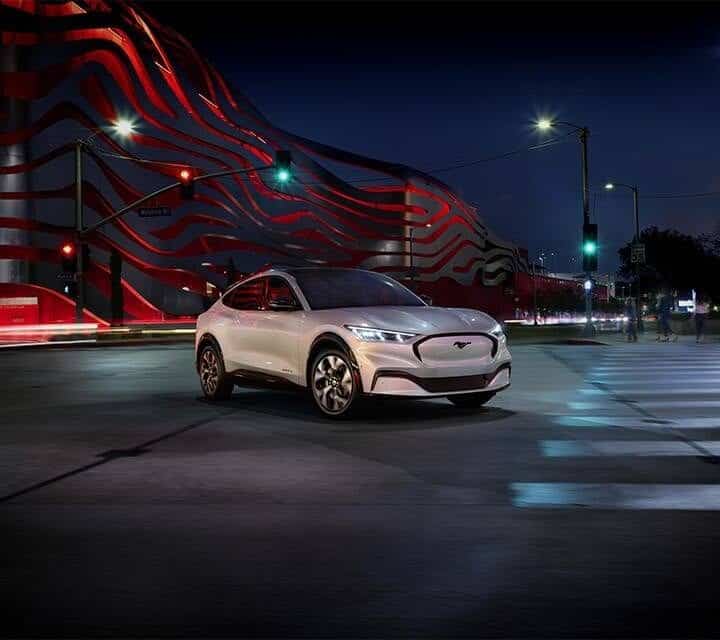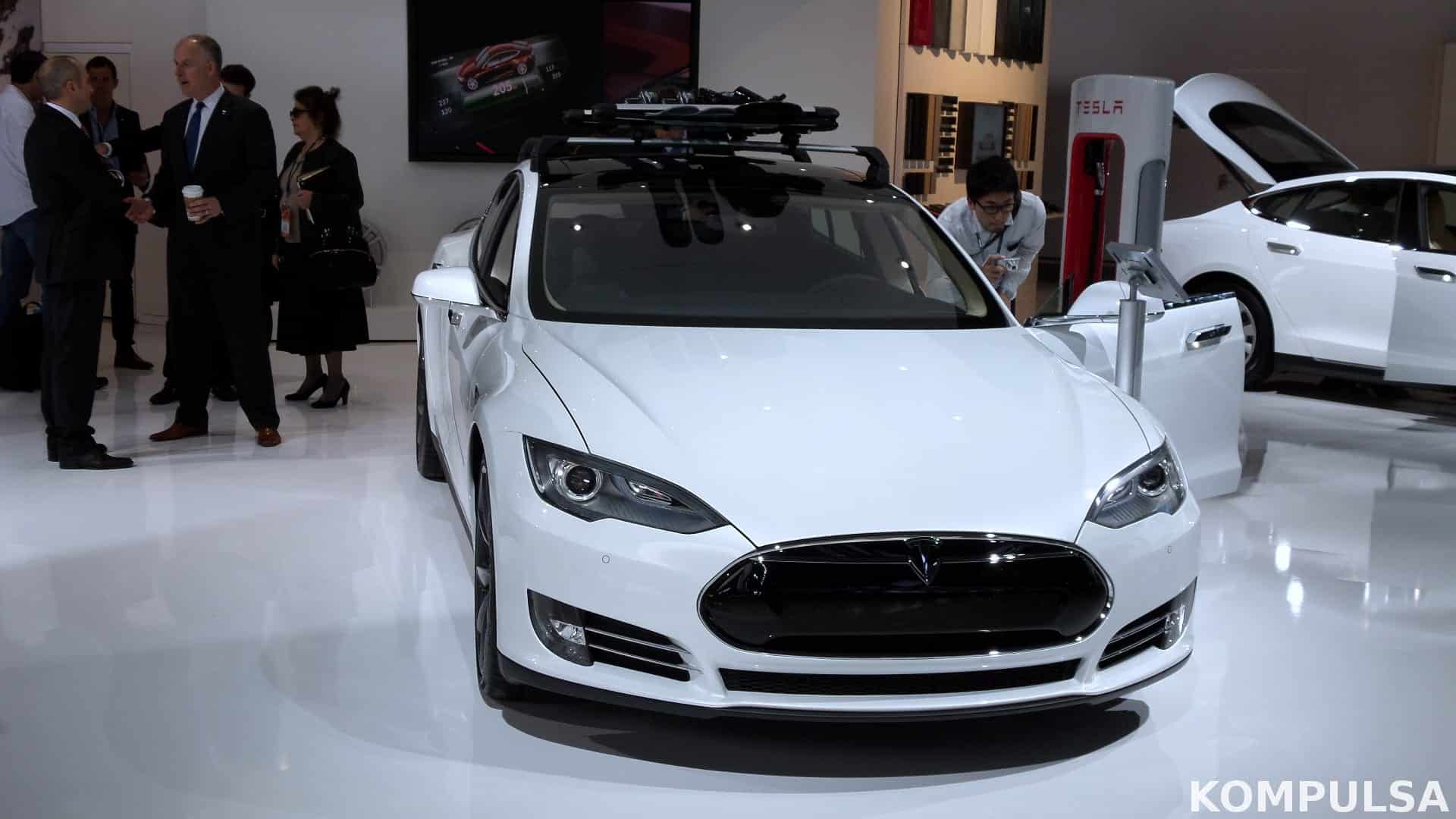Rooftop solar systems have been catching on in recent years, and the three most common configurations for these systems are:
- Net metered with no energy storage: This feeds the power generated by your solar system to the power grid where it can be sold to your neighbours. Depending on your region and utility company, you might be paid a reasonable amount of money for it, and you still buy power from the grid (but the revenue from your solar power offsets it to an extent).
- Off-grid: The power generated by this system is fed directly to your home or business.
- Net metered with energy storage: Such a system enables you to sell a non-varying, consistent (also more useful) supply of power to the grid. Such a system can also be configured to supply your home or business with power directly, which is useful in the event of grid power outages.
The best option isn’t necessarily the one with the lowest price tag (Which is option #1). The best option is the most satisfactory over the long term from both a financial and reliability standpoint.
The financial benefits of option 3 may be greater to a business because many spend a great deal of money on UPS and generator systems (often both because generators need a moment to start, and frequently fail to do so).
If downtime is an absolutely critical issue (for example, a data center or web host), why not explore the idea of skipping the UPS system + generator and get a grid-tie battery-powered solar system instead?The batteries act as backup (they’re equivalent to a giant UPS) so you won’t need a generator.
You can have your building hooked up to the grid via an automatic transfer switch so that you can use the grid as a backup if your solar system needs maintenance. You could also achieve greater reliability because that reliability issue of standby generators will be a thing of the past.
To sum it up, it is possible to achieve better uptime for your datacenter, no UPS, and no generator to worry about, provided that the system is properly sized. If you’re interested, contact a solar system installer for more information and see how that could pan out for you financially.







